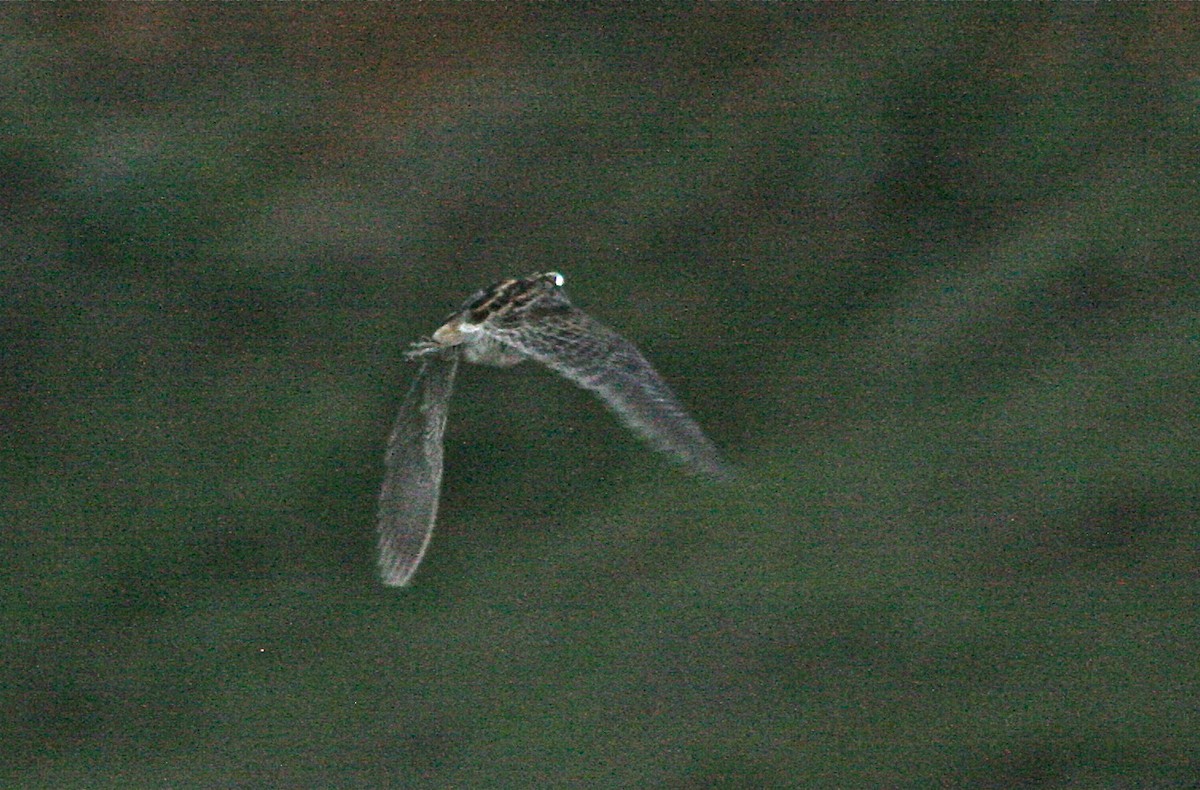Giant Snipe
A species of Typical Snipes and Woodcock-snipes Scientific name : Gallinago undulata Genus : Typical Snipes and Woodcock-snipes
Giant Snipe, A species of Typical Snipes and Woodcock-snipes
Botanical name: Gallinago undulata
Genus: Typical Snipes and Woodcock-snipes
Content
Description General Info
 Photo By Don Roberson
Photo By Don Roberson Description
This is the largest snipe at 40–43.5 cm in length. G. u. gigantea, as its name suggests, is larger than the nominate subspecies with little overlap in size; for example, its bill length is usually more than 12.0 cm, whereas G. u. undulata is usually less than 11.5 cm. The giant snipe has a stocky body and relatively short legs for a wader. It has broad rounded wings like a woodcock and a very long bill. Its upperparts, head and neck are streaked and patterned with black and brown, and chestnut edges to the feathers form distinct lines down its back. The belly is white with brown barring on the flanks. The flight feathers are barred, a feature unique to this snipe. The horn-coloured bill is very long and straight. The legs and feet are greyish-green. No plumage differences related to age or sex are known, but in other snipe the sexes are similar and immature birds differ only in showing pale fringes on the wing coverts. The giant snipe has a kek-kek call when flushed, and a rasping trisyllabic call is given in its nocturnal display flight. Giant snipe can be distinguished from the sympatric common and the Magellan snipe by its huge size and rounded wings. The other large species, Andean, Fuegian and imperial snipe, are upland species which lack the well-defined upperpart markings and white belly shown by giant snipe. The noble snipe is more similar to giant, but obviously smaller-bodied. 
Size
47 cm
Nest Placement
Ground
Feeding Habits
Giant Snipe's diet primarily consists of vegetable matter, including grasses and small fruits from Cyperaceae, with occasional consumption of frogs. This species tends to forage alone, potentially becoming more social off-season. Unique to its nocturnal feeding, giant Snipe shows specialized nighttime foraging behavior.
Habitat
The habitat of giant Snipe typically includes swamps with tall vegetation, marshy pastures, and flooded grasslands within the tropical zone. These birds are also found in damp areas with heath-like vegetation and may use dense herbage in dry savannas for roosting. Giant Snipe shows a strong association with dense vegetation that grows at the boundary between wet and dry areas.
Dite type
Aquatic invertebrate eater
General Info
Feeding Habits
Bird food type
Behavior
Nests of the southern race have been found in Brazil in September and from November to early January. They are placed on a hillock between swamps, and 2–4 eggs are laid. No nests of the nominate subspecies have been found. This species is rarely seen on the ground, and its habitat, reluctance to flush until almost trodden on, cryptic plumage, and nocturnal feeding mean its habits are almost unknown. Its diet apparently includes frogs. The giant snipe is usually seen alone when flushed. Other Gallinago snipes have an aerial display, which involves flying high in circles, followed by a powerful stoop during which the bird makes a drumming sound, caused by vibrations of modified outer tail feathers. This species displays at night, but it is not known whether it drums. 
Species Status
The giant snipe is hunted through most of its range, its large size making it easier to shoot than other snipes. Habitat loss is also a threat, at least in part of its range. It is nowhere common, and is local and uncommon in Colombia and Venezuela, but its nocturnal habits and extremely secretive behaviour might exaggerate its apparent scarcity, and it is currently not thought to be threatened. 

 Photo By Don Roberson
Photo By Don Roberson